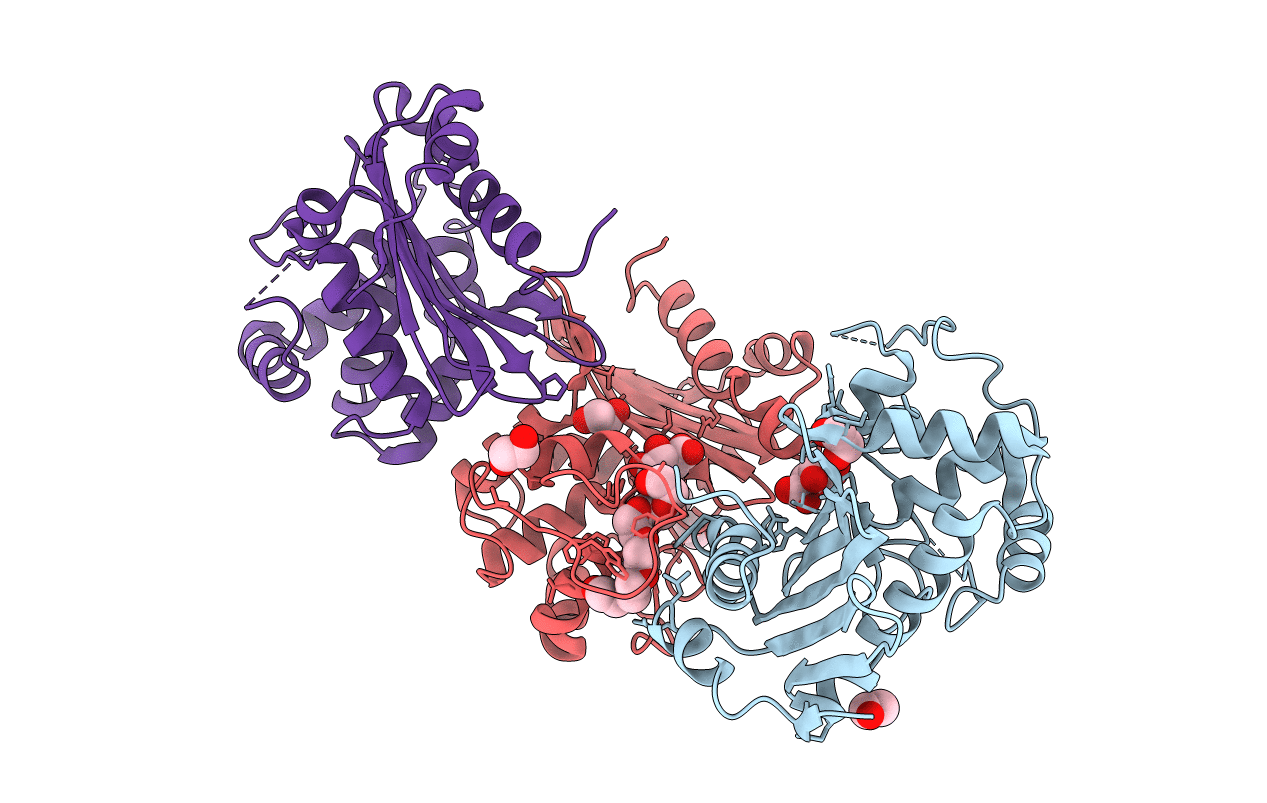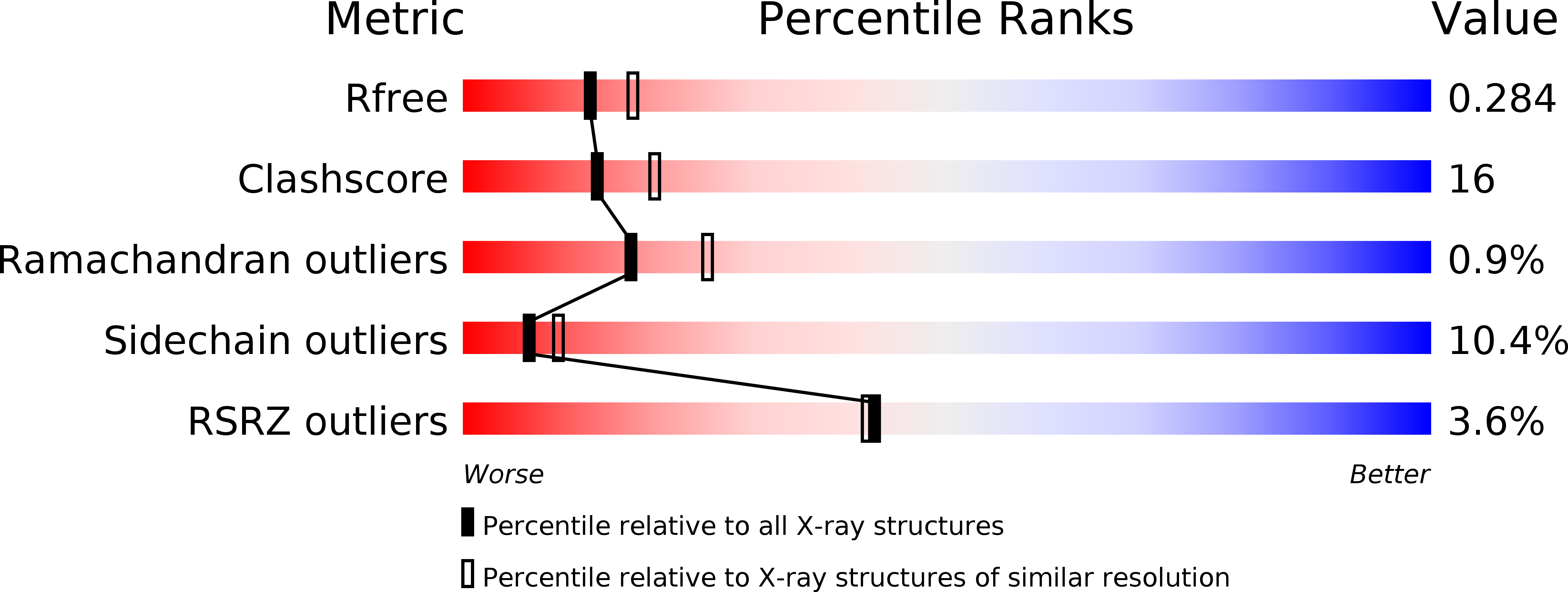
Deposition Date
2009-07-24
Release Date
2010-03-16
Last Version Date
2023-11-22
Entry Detail
PDB ID:
3IF6
Keywords:
Title:
Crystal structure of OXA-46 beta-lactamase from P. aeruginosa
Biological Source:
Source Organism:
Pseudomonas aeruginosa (Taxon ID: 287)
Host Organism:
Method Details:
Experimental Method:
Resolution:
2.40 Å
R-Value Free:
0.28
R-Value Work:
0.21
R-Value Observed:
0.21
Space Group:
H 3 2


